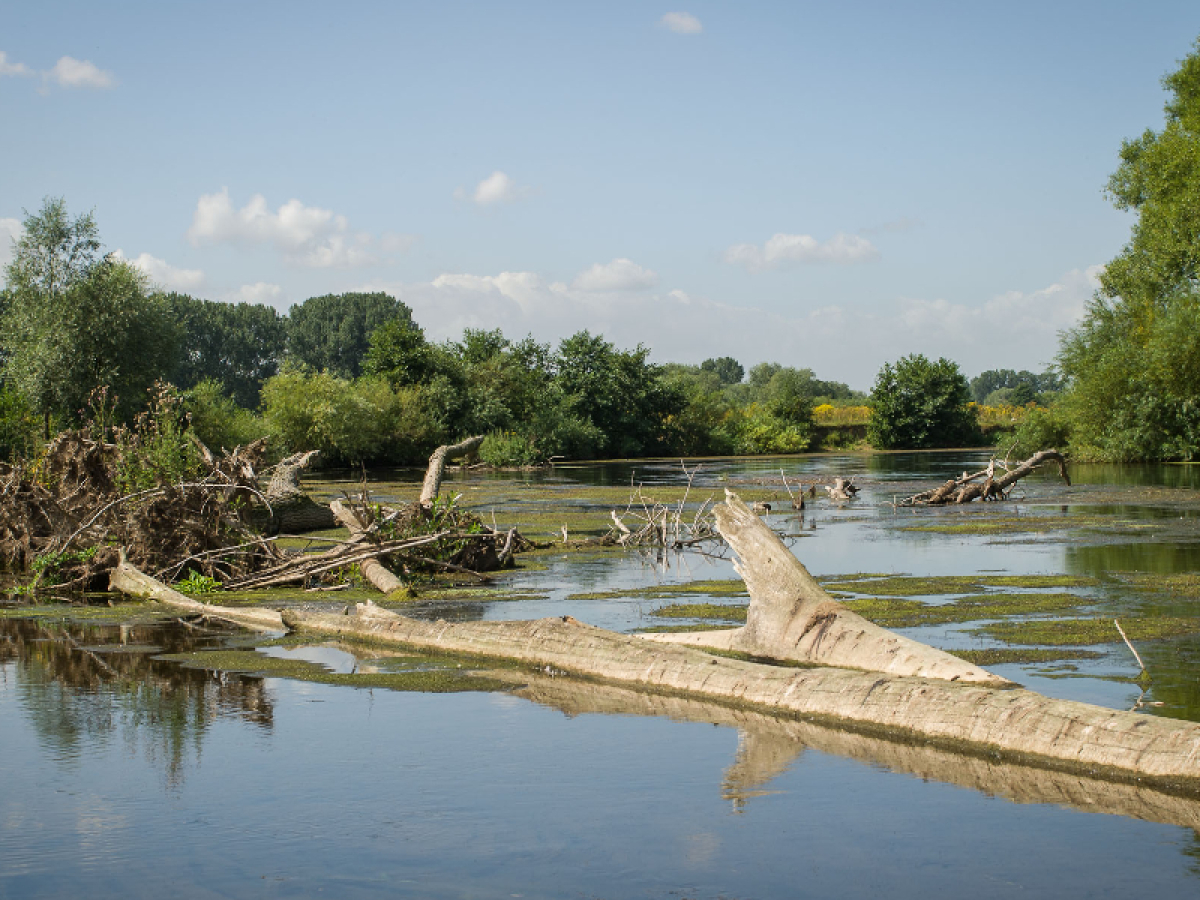River restoration

Most rivers and lakes in Central Europe have been severely impacted; according to recent monitoring results about two third of the river stretches will not reach the legally binding goal of a „good ecological status“. There is a need to restore a large number of rivers over the coming decades.
Since the 1970ths several restoration measures have been carried out, which aimed at improving river and floodplain morphology, ecosystems functions and biodiversity patterns. The success of such measures, however, has rarely been monitored and according to the few available studies many measures have not been successful.
In the last years river restoration methodologies have been significantly improved. Most projects include nowadays “passive restoration”, i.e. the provision of adjacent land, which can be subject to natural river dynamics. Nevertheless, there is still a lack of studies on the success of such measures.
Based on field investigations and modelling we investigate the effect of river restoration on hydromorphology, hydraulic patterns and a variety of organism groups (fish, benthic invertebrates, macrophytes, riparian arthropods and floodplain vegetation). We are particularly interested in settings enabling a “successful” restoration: Recolonization potential in the catchment, dispersal capabilities of different organism groups, length of the restored section and methodologies of restoration.

